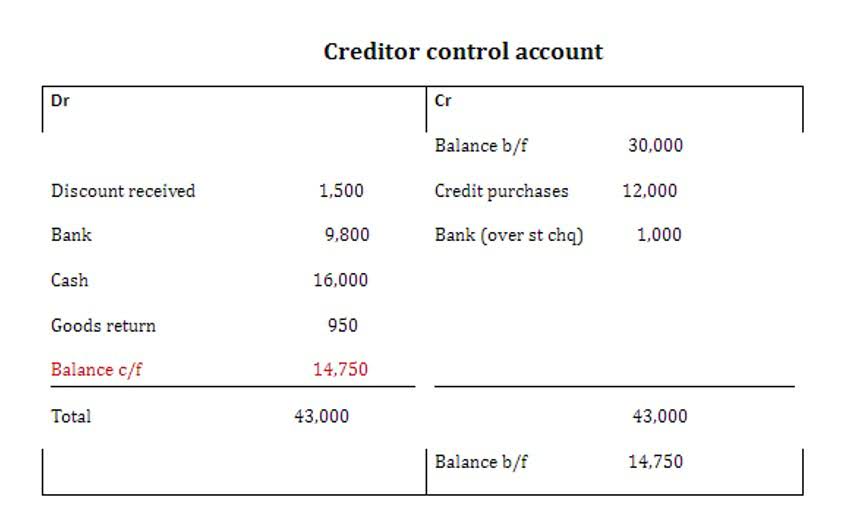
These are your variable costs because they go up or down based on how much lemonade you sell. The overarching objective of calculating the contribution margin is to figure out how to improve operating efficiency by lowering each product’s variable costs, which collectively contributes to higher profitability. The formula to calculate the contribution margin is equal to revenue minus variable costs. A contribution margin statement allows businesses to determine which products or business segments are most profitable. They also allow a business to conduct a break-even analysis to determine the point at which they become profitable, in whole or by a business segment or product line. This standard format can give you a great financial https://www.bookstime.com/articles/annual-income snapshot of how your business is doing.
The difference between Traditional Income Statement Vs. Contribution Margin Income Statement
Unlike variable revenue and variable costs, fixed costs are more difficult to allocate to segments since some fixed costs are generated by a contribution margin income statement particular segment and some fixed costs are common to all the segments. Similarly, we can then calculate the variable cost per unit by dividing the total variable costs by the number of products sold. The Contribution Margin is the incremental profit earned on each unit of product sold, calculated by subtracting direct variable costs from revenue. Using a hypothetical company, let’s look at how a contribution margin income statement compares to a traditional income statement.
Contribution Margin Per Unit
A healthy contribution margin acts as a buffer against unforeseen expenses or sales dips. It tells you how many units you need to sell to break even and make a profit. If your product revenue is $500,000 and your total variable expenses are $250,000, your contribution margin is $250,000 $500,000, or 50%.
Differences Between Contribution Income Statement and Traditional Income Statement

A company’s net income line is therefore affected by the amount of accounts it has of specific products during the period covered by a financial report. The contribution margin income statement helps plan for different levels of activity as it clearly shows the amount of fixed costs a business has to cover. With this information, companies can better understand overall performance by looking at how many units must be sold to break even or to reach a certain profit threshold or the margin of safety. You might wonder why a company would trade variable costs for fixed costs. One reason might be to meet company goals, such as gaining market share.
- For example, Graeters Ice Cream will look at the profitability of the company as a whole as well as the profitability of each individual retail location.
- This $50 is what you have left to pay for things that don’t change in cost, like your lemonade stand’s spot on the sidewalk, and then to keep as profit.
- This insight empowers strategic decision-making, allowing companies to allocate resources wisely and focus efforts where they’ll yield the most significant returns.
- Getting this calculation right can be time-consuming and relies on consistent reporting for fixed and variable earnings.
- We will look at how contribution margin equation becomes useful in finding the break-even point.
- Since a contribution margin income statement doesn’t have to comply with accounting standards, it is much more customizable.
Understanding the Impact of Variable Costs
Instead of grouping expenses into “cost of sales” and “operating and non-operating expenses”, this income statement groups expenses into “variable costs” and “fixed costs”. The contribution margin is a measurement through which we understand how much a company’s net sales will contribute to the fixed expenses and the net profit after covering the variable expenses. So, we deduct the total variable expenses from the net sales while calculating the contribution. The break-even point (BEP), in units, is the number of products the company must sell to cover all production costs.

Understanding the basics: definitions and formulas
Then, at the end of the contribution margin income statement, we can obtain the revenue after deducting or paying all the fixed and variable expenses and costs. To find the contribution margin, we subtract the cost of goods sold (COG) from sales revenue. COG includes the costs directly tied to making a product or providing a service. By doing this, we see the gross profit margin, which helps businesses decide on pricing and how to manage costs to generate more money. This step is part of creating a contribution margin statement, which is a type of profit and loss statement. It shows us the money made from selling products or services after covering the costs to make them.
- Managers can make changes in areas like manufacturing operations and marketing.
- Using Enerpize to generate accurate and compliant contribution statements is guaranteed to businesses looking for a leading, cost-effective, and accounting operations management solution.
- Therefore, sales can drop by $240,000, or 20%, and the company is still not losing any money.
- In the simplest terms, the contribution margin is the amount left over after deducting variable costs from revenue.
- The two basic guidelines for allocating indirect fixed expenses are by the benefit received and by the responsibility for the incurrence of the expense.
Formula
- The key lies in integrating factors including incentives and competitive environments.
- Suppose Company A has the following income statement with revenue of 100,000, variable costs of 35,000, and fixed costs of 20,000.
- The fixed-costs would still remain, however, creating a loss for the year.
- As noted, where contribution statements are used only internally, traditional income statements are more formal and reportable to relevant regulatory authorities.
- By using a calculation, businesses can figure out how much they need to sell to not lose money.
- Some businesses need to allocate commissions, especially in industries where they sell through distributors.
- The depreciation expense is a direct cost for the company headquarters, but it is an indirect cost to each segment.
Creating and analyzing a contribution margin income statement can feel complex, but it’s a game-changer for understanding product performance and making informed business choices. Whether you’re pricing your new cupcake line or deciding which fitness gear to expand, this tool provides a clear path to sustainable profitability. And remember, financial software can simplify the process, making it easier to track and update your data. A contribution margin income statement is an income statement in which all variable expenses are deducted from sales to arrive at a contribution margin. Then, all fixed expenses are subtracted to arrive at the net profit or net loss for the period. Thus, the arrangement of expenses in the income statement corresponds to the nature of the expenses.

Sometimes a direct cost would remain even if the cost object were eliminated, but this is the exception rather than the rule. Let’s run through an example to see how the income statement is constructed. We will use the same figures from the absorption and variable product cost post. This is because it shows the contribution margin which is online bookkeeping directly influenced by the level of sales. It cannot be zero since it has fixed expenses, which are incurred whether a business makes a sale or not.

One good example is Apple’s profit margin for the iPhone 13 which stood at 20%. It cost Apple around $526 to manufacture the iPhone 13, which sold for $800. After factoring in additional expenses like marketing, research and development, and administrative costs, Apple earned an approximate profit of $161 per unit. Because a business has both variable and fixed expenses, the break-even point cannot be zero. Contribution margin and regular income statements can be very detailed, requiring an in-depth understanding of the business’s inner workings.
 صحيفة سودان بيزنس الاقتصادية صحيفة سودان بيزنس الاقتصادية
صحيفة سودان بيزنس الاقتصادية صحيفة سودان بيزنس الاقتصادية
